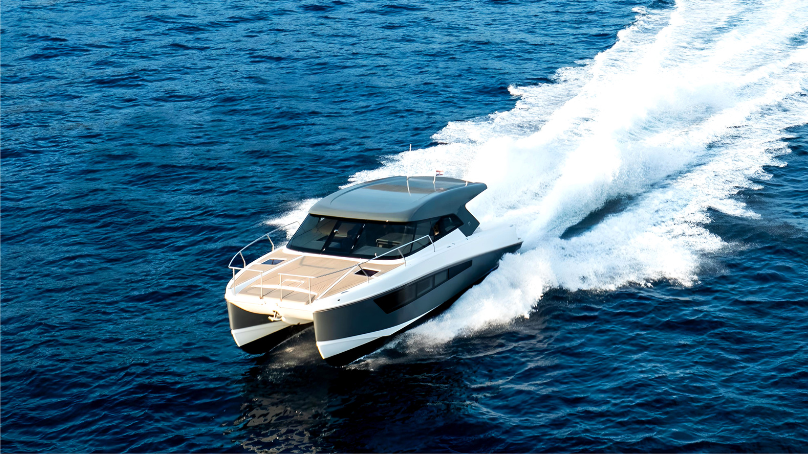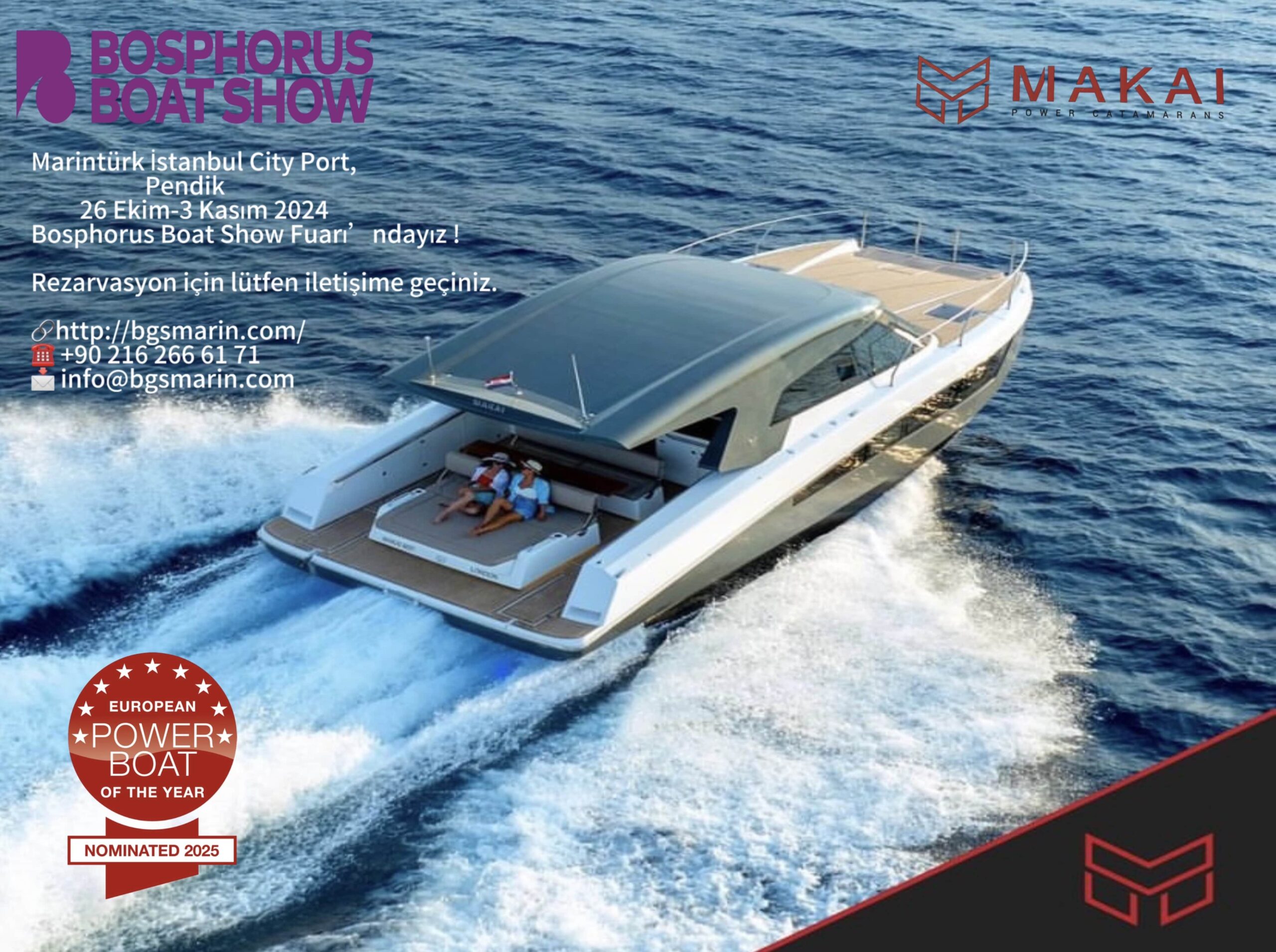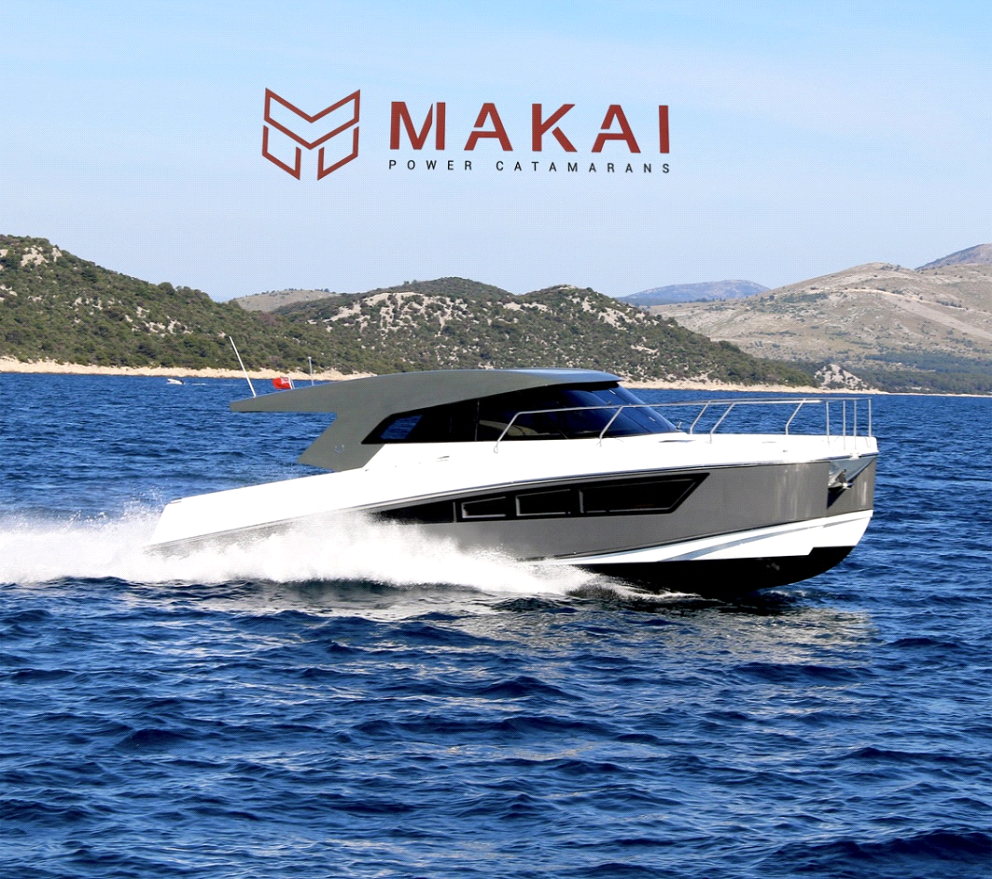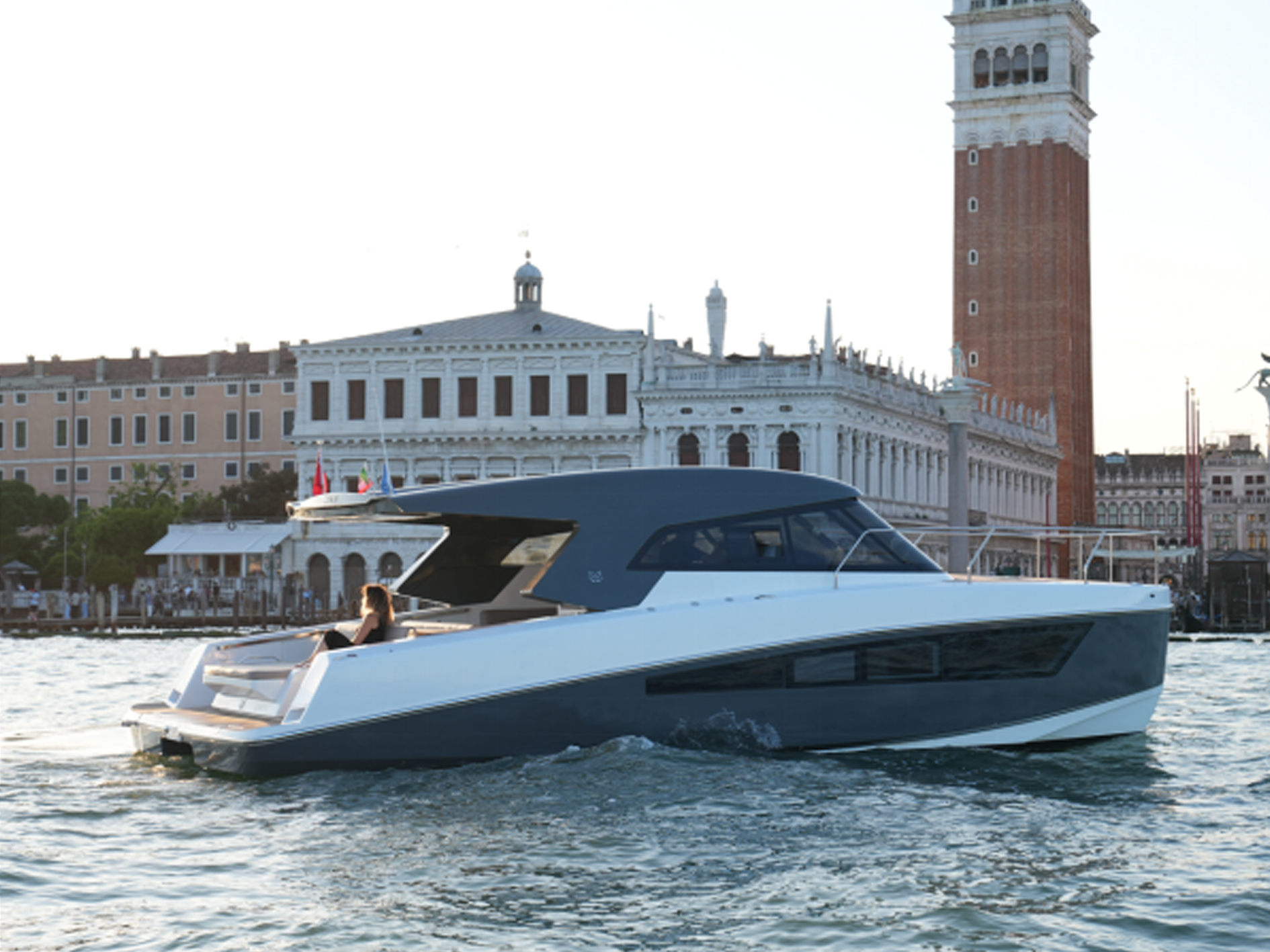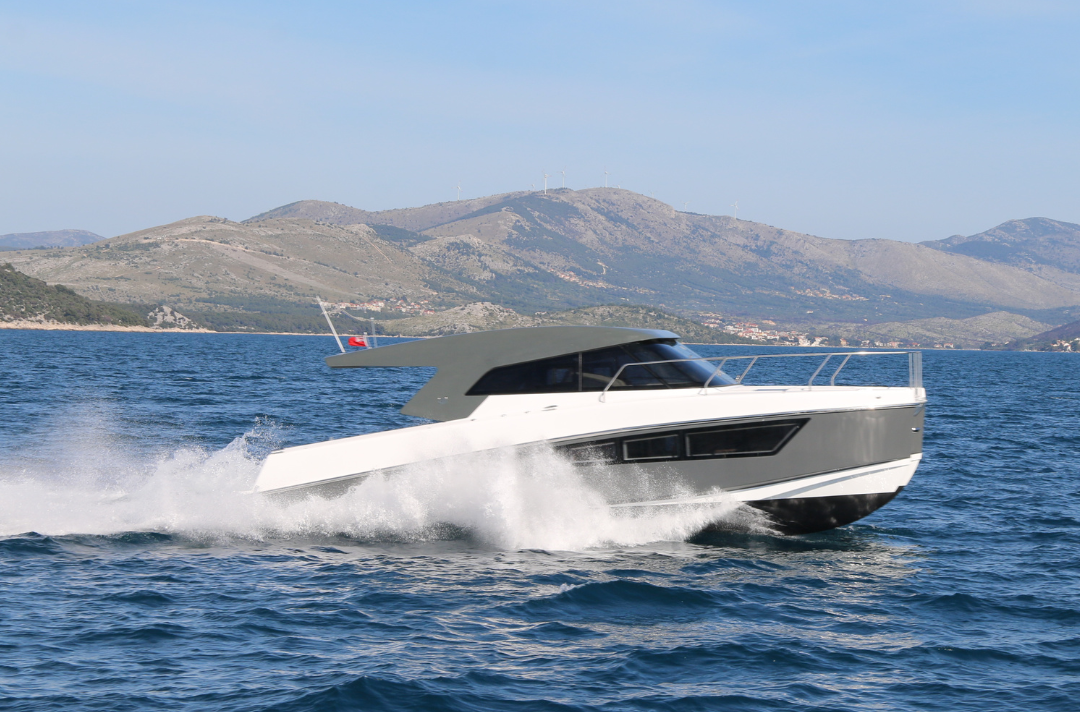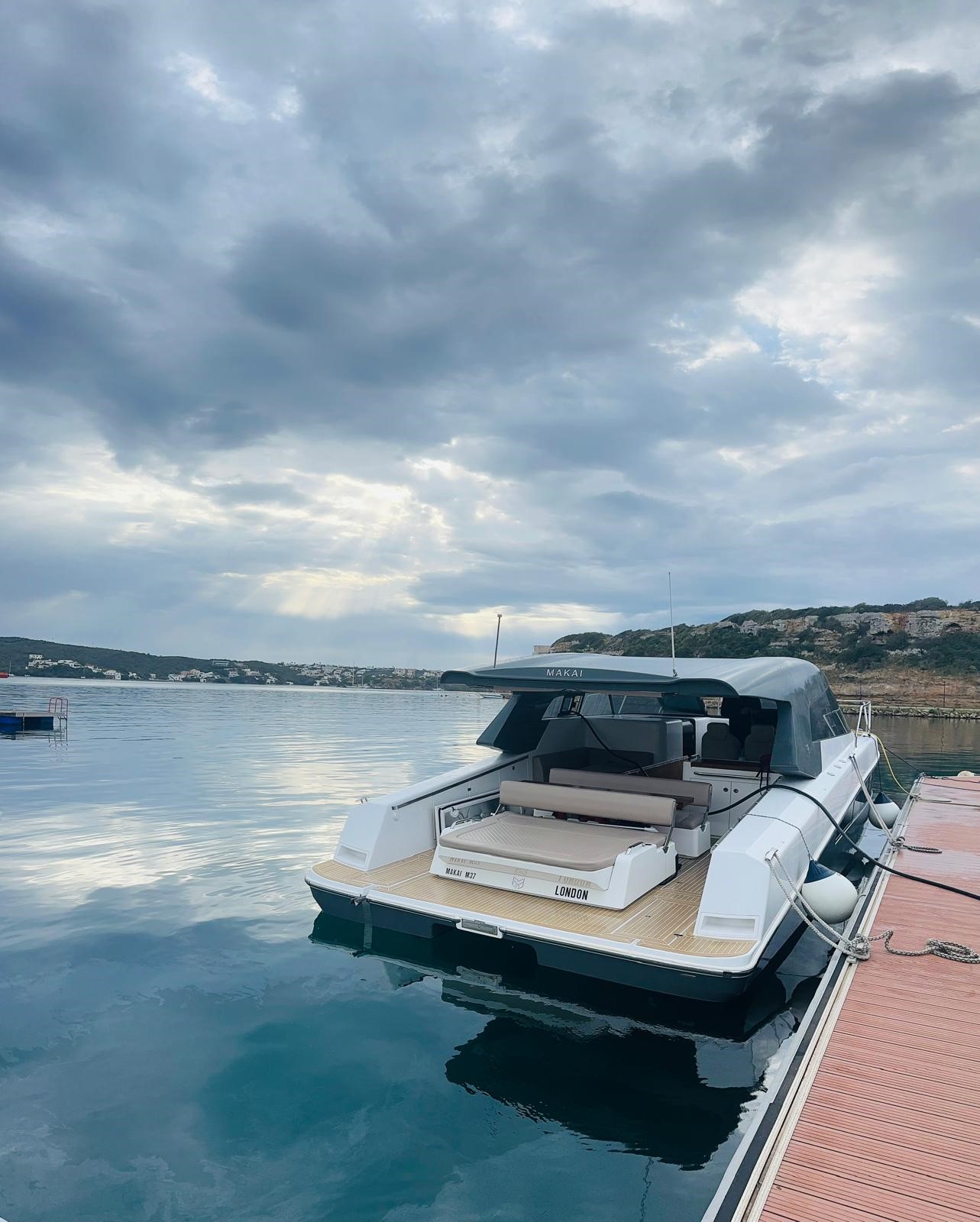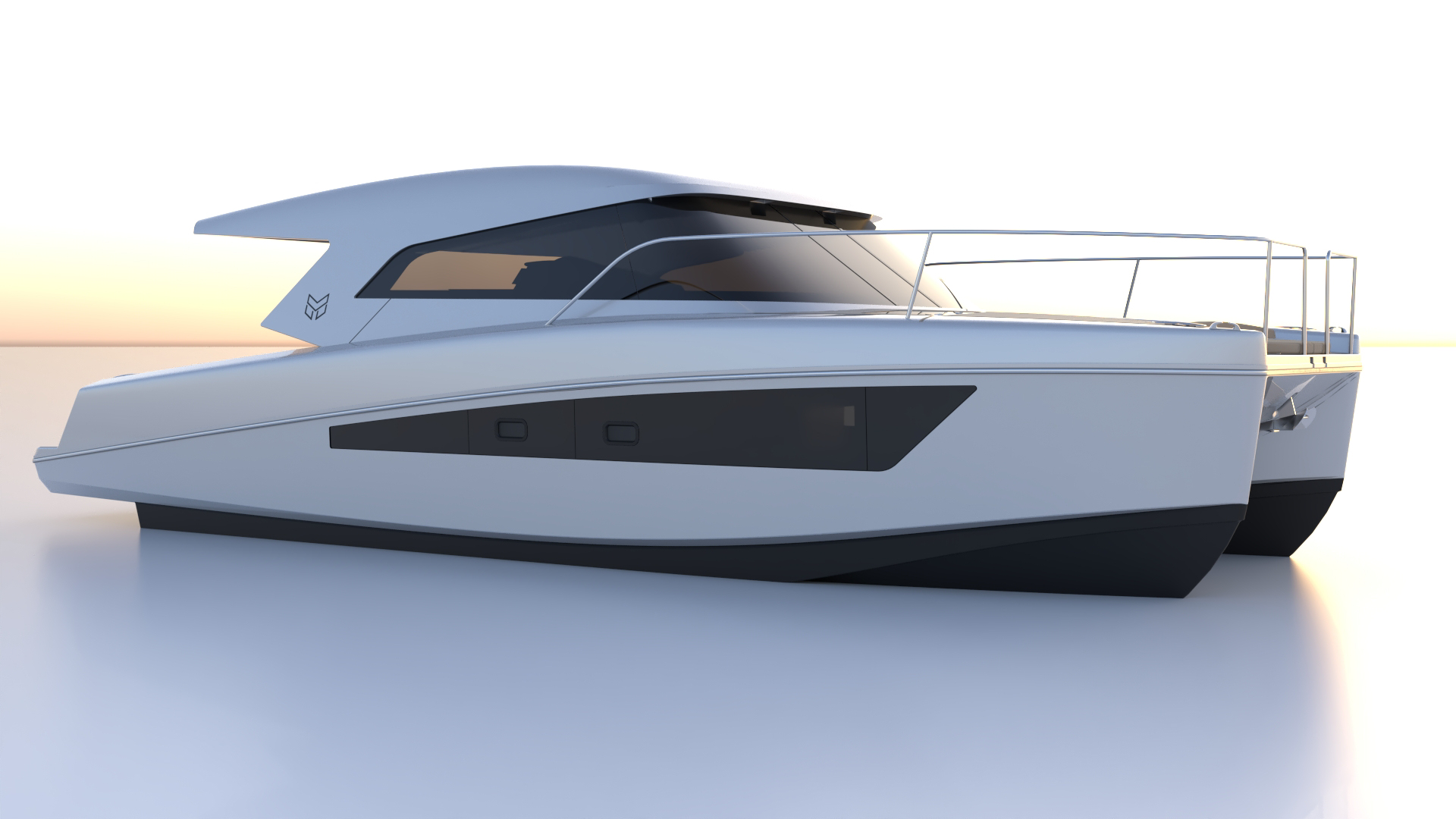Today’s article will compare inboard diesel sterndrives with gasoline outboards, with fuel efficiency in mind. While outboards are generally very similar across brands (with the exception of some new low hp electric outboards and even diesel outboards now hitting the market), inboard engines can vary significantly in contrast. First, you have the chance to choose the engine brand, in our case we chose YANMAR. Then the fuel type (gasoline or diesel), followed by a choice of naturally aspirated, supercharged or turbocharged, and then a large number of drive options to choose from. Common drive types include direct shaft drive, v-drive, z-drive, jet drive, pod drive, surface drive and stern drive. Each drive type has its own advantages and trade-offs, but this topic will be covered in more detail in a future article.

Outboard Gasoline vs Inboard Diesel Sterndrive
This is a much debated and argued topic in bars and yacht clubs around the world. Despite the constant debate, the data shows that diesel sterndrives are always far ahead in terms of fuel efficiency. To observe this, let’s take a look at some comparisons made with benchmark tests. The test shows how different the level of fuel efficiency of inboard diesel sterndrives compared to gasoline outboards is and what this could mean for you as a future electric catamaran owner.
Inboard Diesel Sterndrive Has Higher Fuel Efficiency
The sophisticated four-stroke outboards available to boaters today have come a long way from the smelly, waterless engines of the past. However, diesel inboard sterndrives continue to win the race for fuel efficiency. In a well-publicized test, two similar 9-meter boats, one equipped with a pair of 200 hp outboards and the other with twin 220 hp diesel inboards, were compared at two speeds. When both boats were operating at 25 knots, the outboard gasoline boat burned 15.8 gallons (60 liters) of fuel per hour. In contrast, the inboard sterndrive boat burned only 10.6 gallons (40 liters) per hour. At 30 knots the difference was even more impressive. The outboard burned 26.4 gallons (100L) per hour, while the sterndrive burned just over 13.2 gallons (50L) per hour. This translates to 50% better fuel efficiency at 30kts, which is a significant difference, especially over a long period of time.
Real Life Example
So how does this affect your boating? Based on our catamaran vs monohull scenario, let’s consider this data in a real life scenario to visualize fuel efficiency. Motoring from Miami, Fl to Bimini in the Bahamas would be the example used for the trip, which equates to 50 nautical miles.
With an outboard monohull at 30kts, you would make this trip in one hour and 40 minutes and burn 43.8 gallons (166L). At $3.30 per gallon, this trip will cost you $144.60. By comparison, the same trip at 30kts with an inboard stern drive engine would burn 21.9 gallons (83L) of diesel. At today’s diesel price of $3.50/gallon, this would cost you $76.70. This significant improvement in efficiency allows you to either spend less money per trip or significantly reduce travel time.
